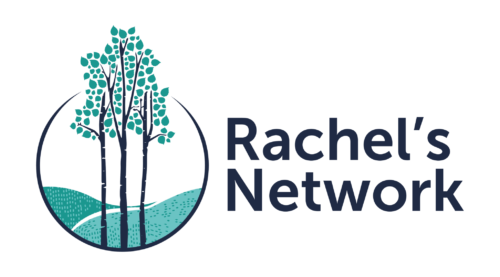It’s been more than a year since the BP Deepwater Horizon oil disaster in the Gulf of Mexico, but we are only beginning to understand the full ramifications of this tragedy. Unusual numbers of dead dolphins and diseased fish continue to be found in the Gulf, and unanswered questions remain about the long-term health effects from exposure to oil and the dispersants used to combat it.
I recently visited the Gulf, spending several days in New Orleans with the Ocean Conservancy board. We spent time on an oyster boat, visited a sustainable fishery and even got the chance to hear some great music in the city. While I was heartened by the positive attitudes of Gulf residents, I left with a greater awareness of the challenges they still face in the wake of the BP disaster.
This tragedy hits home for me because I spent my formative years on the Gulf Coast of Florida and went to college in Florida and New Orleans. I feel a strong tie to the region and was heartsick at the images of flowing oil, tarred beaches, blackened marshes and dead wildlife.
But even before the BP oil disaster, there were signs of coastal erosion, pollution, overfishing and excessive nutrient runoff that has produced a dead zone of depleted oxygen. These problems threaten wildlife and the people who depend on a healthy Gulf for jobs and the food on their plate. And these problems didn’t end when the well was capped.
We need a comprehensive plan to address restoration in the Gulf, and a key part of that plan must be to establish a long-term research and monitoring program so that we can better understand changes in the ecosystem and develop management solutions that keep our environment and economy healthy. A well-funded and robust science program will help guide these efforts by providing research to support the design, selection and evaluation of restoration projects.
Perhaps most importantly, a research and monitoring program will enable us to share good news – to know when vital habitats and valuable species are on the road to recovery, not just when they are threatened.
In short, I believe it’s time we take the pulse of the Gulf.
Ocean Conservancy’s team in the Gulf has developed a framework to guide ecosystem restoration efforts, and we’re working with members of Congress to ensure the success of the RESTORE Act, which includes our recommendation for a long-term monitoring program as well as funding to support it.
If we start taking the pulse of the Gulf now, we’ll have the information we need to build a healthy and prosperous region for decades to come. While it was obvious on my recent trip to the Gulf that much work remains, I was inspired to see Gulf communities taking steps to restore the health of a national treasure that is their home and once was mine. And I am proud that Ocean Conservancy is right there with them working to bring back to health a region of incredible riches that provides jobs, recreation, and seafood for so many.
Vikki N. Spruill is president and CEO of the Council on Foundations and most recently served as president and CEO of the Ocean Conservancy, where she modernized its public engagement strategies while maintaining a science-based rigor in guiding its advocacy efforts.


